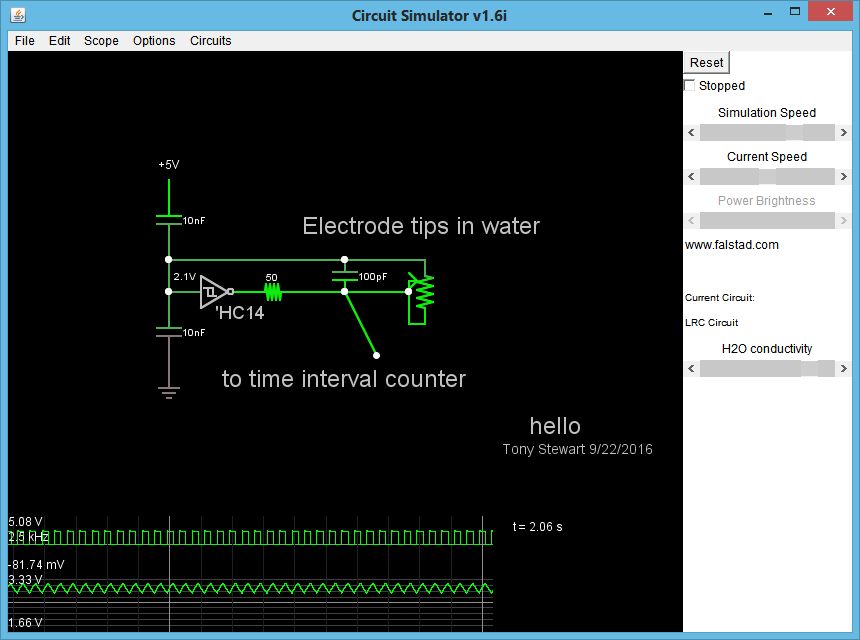You can do this with the PIC, but it would help greatly to start with the right hardware in front of the A/D. Rectifying the signals is a bad idea. That makes it harder to find both the amplitude and phase. AC couple the signals and add a DC bias of ½ the A/D range. Scale it so that the maximum amplitude doesn't quite hit the min and max limits of the A/D range.
You can use the two 50 kHz sample streams to find both the amplitudes and the phase between the signals.
If you know both signals are really sines, then the amplitude can be derived from the average difference from the long term average. Heavily low pass filter each signal to get the DC component. Subtract each reading from this DC component, then take the absolute value of it and average that. The result will be proportional to the amplitude. Again, this only works if you know the signals are sines (low harmonic content).
To find the phase shift, detect the zero crossings. Look for the first positive reading after having seen some minimum number of negative readings in a row, for example. Each cycle of one of the signals, compute how many cycles back the last time the other had a zero crossing. There will probably be some noise on this signal, not the least of which is quantization noise. At 50 kHz sample rate, you have only 25 samples per cycle. Low pass filter this 0-24 number with a few extra bits below the binary point. It will help if the sample rate is not a exact multiple of the frequency of interest.
If the above still yields too much quantization noise, then interpolate between the two samples where the zero crossing occurred to determine it more accurately. This will take more computing cycles.
All in all, I would do this with one of the 16 bit PICs or dsPICs with a 12 bit A/D. The 18F26K22 seems like a strange choice for this. A 16 bit part would allow for low pass filtering the incoming streams before doing anything else with them, and the 12 bit A/D gives you better sampling resolution to start. That should allow true RMS measurement (although that may not be necessary), and allow for more cycles to do a better job of finding the zero crossings, allowing better phase measurements.

